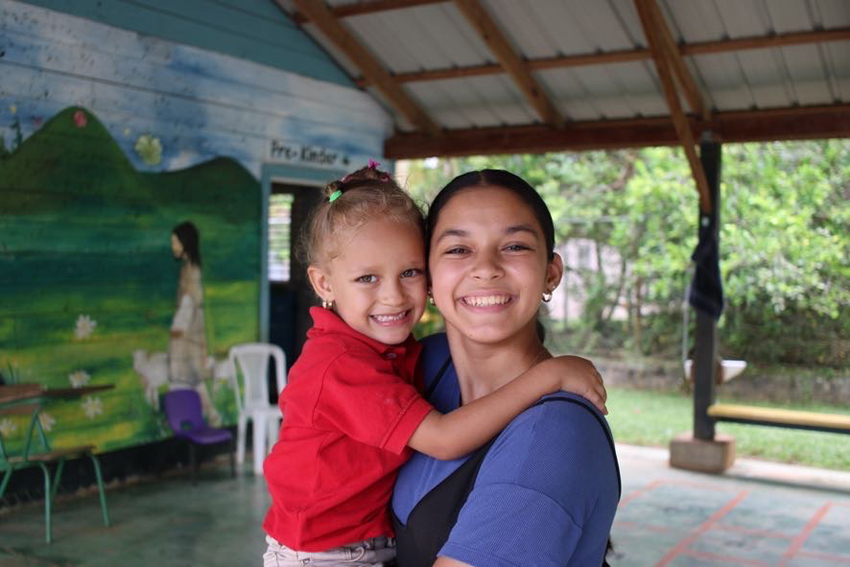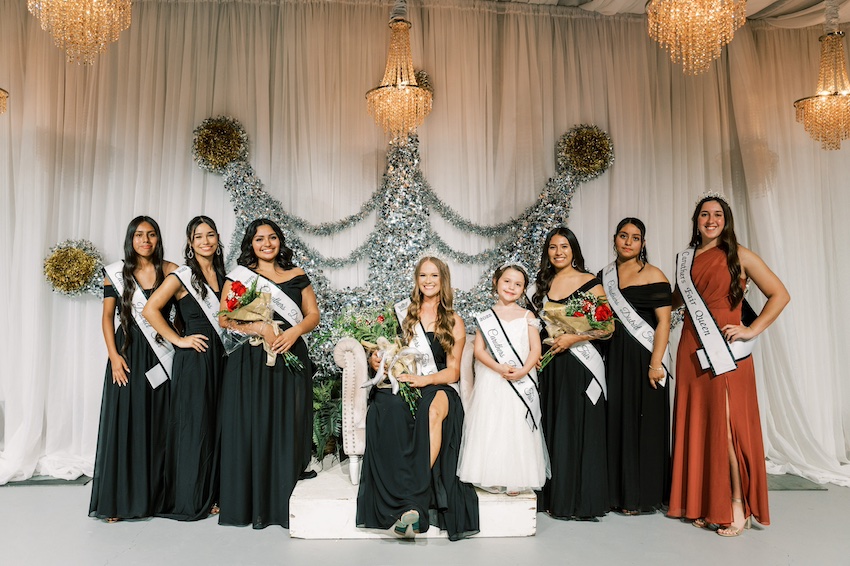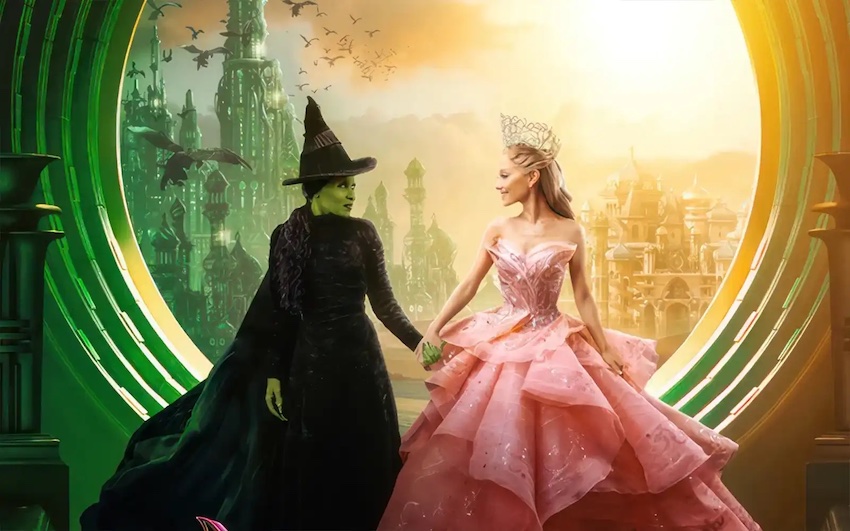Imagine the kid in math class, who just cannot seem to stop tapping her pencil against the desk. Although the monotonous drumming often creates frustration for the teacher and peers, her mannerism allows her brain to trigger information.
Such quirks as automatically turning on the radio when in a car or doodling on every handout are physical manifestations of different types of intelligence. Mitest.com describes them as areas in a culture, valued as having the ability to solve a problem or create a product in a particular way.
The eight intelligences include: linguistic (word smart), logical-mathematical (number/reasoning smart), spatial (picture smart), bodily-kinesthetic (body smart), musical (music smart), interpersonal (people smart), intrapersonal (self smart) and naturalist (nature smart).
The campus’ Learning Resource Center (LRC)’s guest speaker, Maryam Torbati, Ph. D., presented practical applications in the educational field and taught the key to knowledge is becoming strong in all the intelligences, March 25. She reported many teachers often ignore or stop these “annoying” habits; however, this helps students to often think in alternative and creative ways.
According to thomasarmstrong.com, these different types of intelligence account for a broader range of human potential in children and adults, rather than the traditional notion of intelligence, based on IQ testing, as Torbati reported “pertains to 20% of our success.”
Teachers can maximize learning potential if they recognize strengths and weaknesses in the different intelligence within each student, even if the only signs include constant questioning or daydreaming.
To illustrate how each is able to identify certain characteristics, she began her presentation with each attendee selecting a name tag from a variety of colors and shapes.
For example, Cheri Fraser, third grade teacher, is considered a naturalist because she chose the snowflake, logical by placing her name directly in the middle and decorating her name with dots also characterizes into kinesthetic.
Someone who writes in all capital letters fits into the intrapersonal category and writing last names, when not required, characterizes an interpersonal individual. Also, because all are “emotional learners”, attachment to specific colors reflects a certain mindset.
Administrators are recommended to format class in order to cater to all groups. For naturalists an outdoor project could do the trick, while interpersonal students prefer group presentations. They should add a debate for logical thinkers, while still including some journaling time to satisfy the intrapersonal crowd.
These variations in retrieving information stem from different modalities. In Torbati’s research, “we remember 10% of what we read, 20% of what we hear, 30% of what we see, 50% of what we both see and hear, 70% of what is discussed with others, 80% of what we experience and 95% of what we teach.”
A small percentage are audio learners, while a larger portion are visual. However, she found people universally learn (not only the act of absorbing information, but the ability to retrieve it) better through repetition so the students are able to teach others. Many of Torbati’s applications are used in classes and provide growing minds with experience through various venues, to strengthen each intelligence.
So when the guy in English excessively uses strange hand gestures and a girl’s tapping produces irritation in math, remember no one learns the exact same way.







Michele Graham • Feb 5, 2010 at 6:48 am
This is so Ashlyn 🙂
Dana King and Gigi Thao • Feb 5, 2010 at 6:48 am
Could it be Paige Maltos? Jackie Cowin? Brianna Strong? Jessica Wagenman? Ashlyn White?
Alexandra Frea • Feb 5, 2010 at 6:48 am
I have no idea who this person is, but it is a very cute picture.